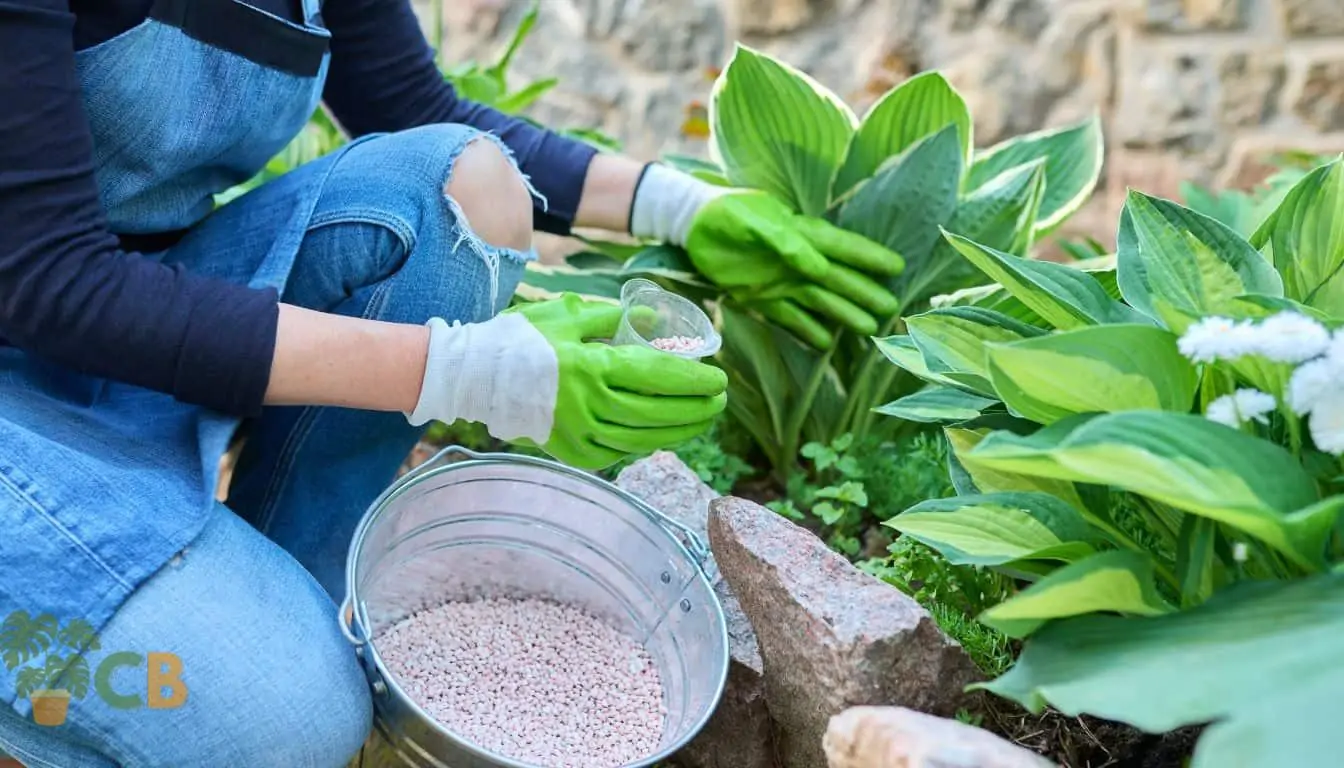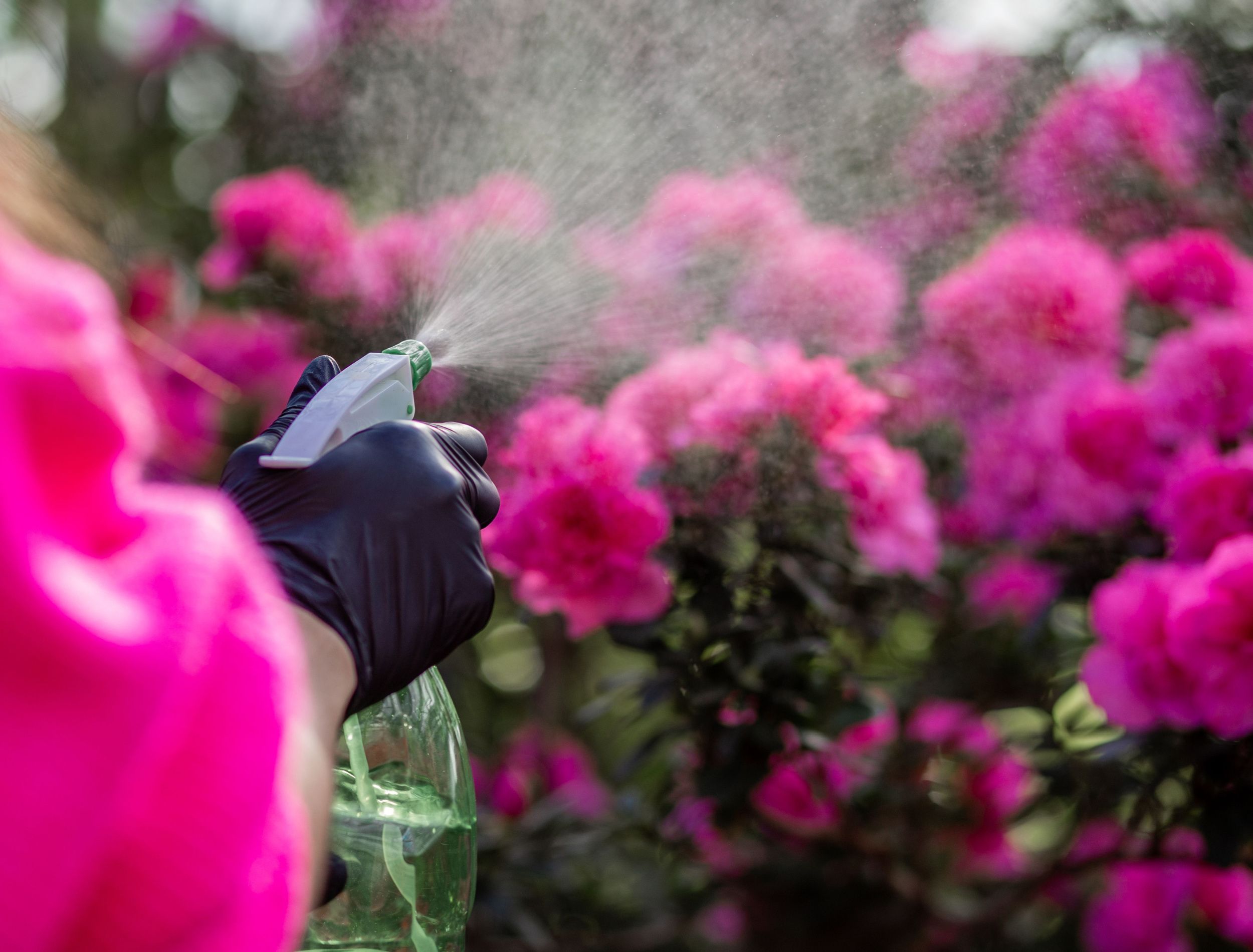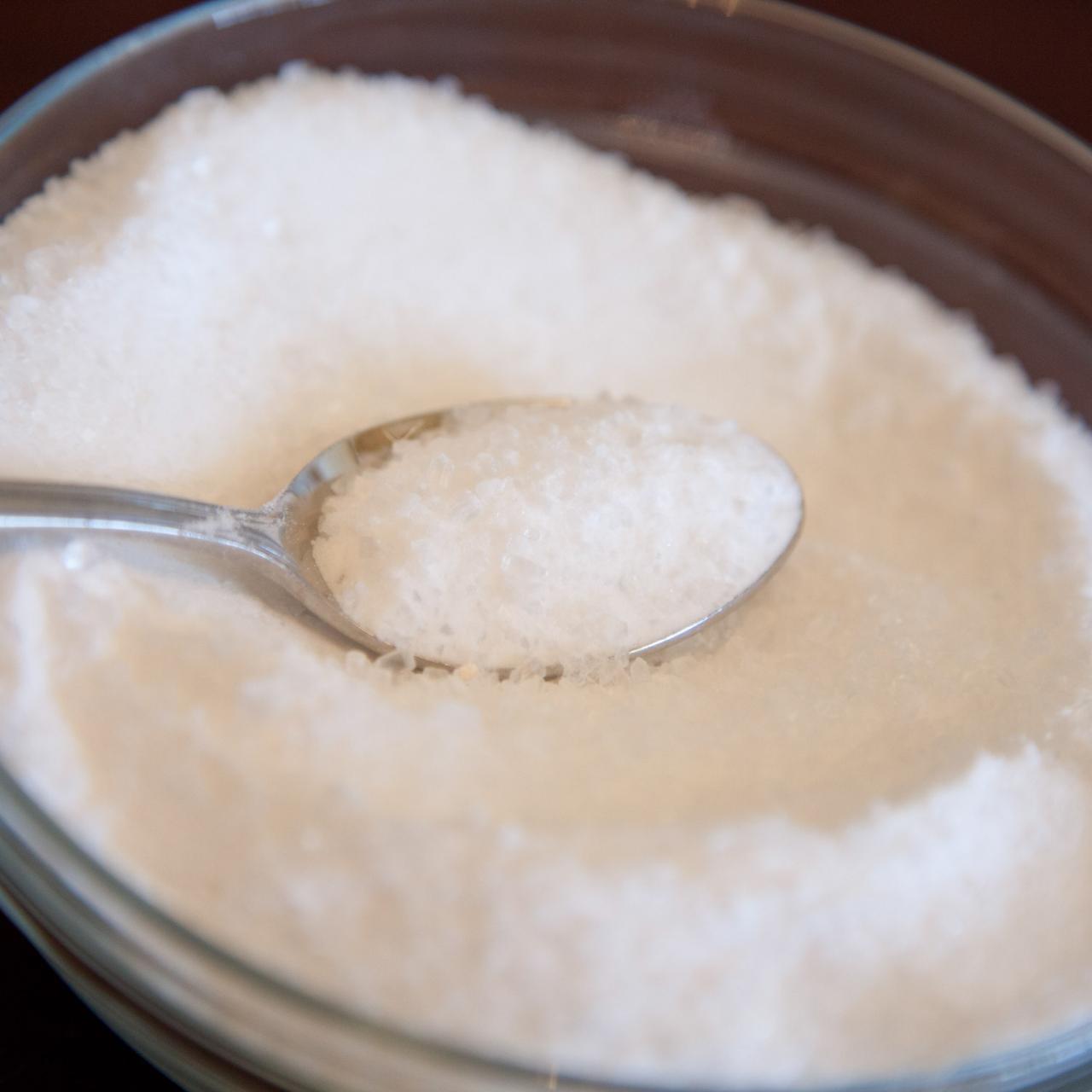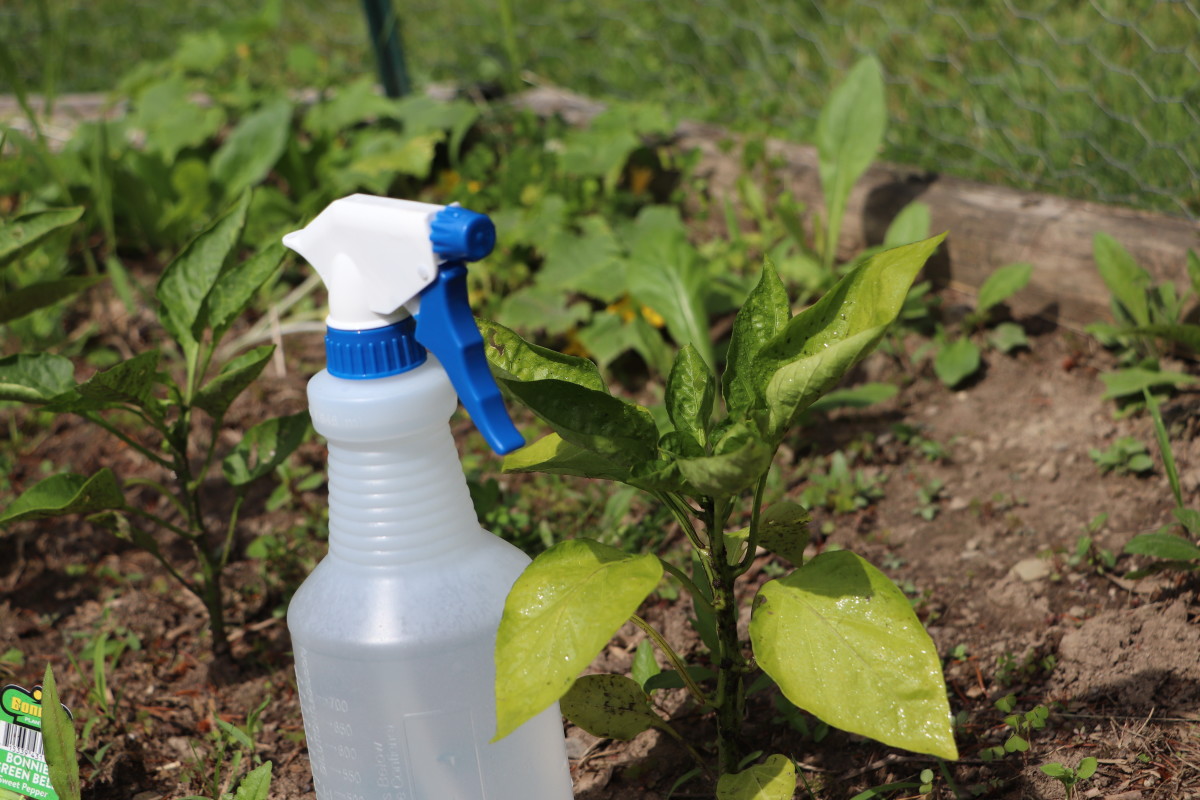What Plants Don't Like Epsom Salt and How It Affects Development
What Plants Don't Like Epsom Salt and How It Affects Development
Blog Article
Discover the Certain Plants That Are Adversely Influenced by Epsom Salt Application
Epsom salt, a popular home solution for various horticulture troubles, is commonly commended for its advantageous results on plant growth. Not all plants react positively to its application. Understanding the particular plants that can be negatively influenced by Epsom salt is crucial for any type of gardener wanting to enhance their plant treatment regimen. Roses, tomatoes, rhododendrons, peppers, and azaleas are simply a few examples of plants that may not respond well to Epsom salt. The factors behind these unfavorable results and just how to minimize them are essential knowledge for maintaining a growing yard.
Roses

Roses, specifically conscious changes in their setting, can be negatively impacted by the application of Epsom salt. While Epsom salt is generally made use of as a fertilizer to advertise plant growth and boost flowering, roses are one of the plants that do not react well to its application. The high magnesium web content in Epsom salt can hinder the uptake of other crucial nutrients by the rose plants, bring about deficiencies that materialize as yellowing leaves or stunted development.

Tomatoes
While Epsom salt is often proclaimed as a treatment for various plant issues, consisting of blossom end rot in tomatoes, its application can lead to harmful end results if not used judiciously. Too much Epsom salt, which is magnesium sulfate, can interfere with the delicate nutrient balance required by tomatoes, possibly leading to deficiencies in other crucial nutrients like calcium. When taking into consideration the use of Epsom salt on tomatoes, it is important to adhere to advised application prices and soil screening to prevent unintentional consequences on the total health and performance of these cherished garden plants.
Peppers
Peppers, admired for their numerous colors and degrees of spiciness, can demonstrate susceptibility to negative impacts from Epsom salt when not applied with treatment and consideration for their specific dietary requirements. what plants don't like epsom salt. Peppers, coming from the Solanaceae family, call for a delicate equilibrium of nutrients to flourish. While Epsom salt is understood to increase magnesium degrees in plants, excessive application can interrupt this equilibrium, causing damaging results on pepper plants
When peppers are exposed to high levels of magnesium from Epsom salt, it can hinder the plant's ability to soak up other essential nutrients like calcium and potassium. This discrepancy might manifest in signs such as fallen leave staining, stunted development, and lowered fruit production. Furthermore, the too much magnesium can alter the dirt pH, further aggravating nutrient uptake issues for peppers.

Rhododendrons
Given the sensitivity of certain plant types to inequalities triggered by Epsom salt, it is necessary to think about the effect on Rhododendrons, which likewise call for particular nutrient levels to prosper. Rhododendrons are acid-loving plants that like acidic dirt problems with a pH variety between 4.5 and 6.0. Epsom salt, chemically called magnesium sulfate, can modify the dirt pH and interfere with the fragile equilibrium of nutrients necessary for Rhododendron health.

To keep the ideal growth and wellness of Rhododendrons, it is vital to stay clear of the indiscriminate use Epsom salt and rather concentrate on providing the details acidic dirt conditions and nutrients that these plants need for thriving.
Azaleas
Azaleas, known for their vivid flowers and broad variety of shades, are decorative bushes that belong to the Rhododendron category. These popular blooming plants are typically found in gardens, parks, and landscapes as a result of their elegance and adaptability. Azaleas are sensitive to changes in soil pH degrees, which can significantly impact their growth and overall wellness. While Epsom salt is frequently made use of as a solution for magnesium deficiency in plants, its application to azaleas you could try these out can have unfavorable results.
Azaleas favor a little acidic dirt problems, and an unwanted of magnesium from Epsom salt can disrupt this balance, leading to nutrient imbalances and potential toxicity concerns. The wrong application of Epsom salt can result in stunted development, yellowing of fallen leaves, and general decrease in the health of azaleas.
Conclusion
To conclude, it is very important to be knowledgeable about the specific plants that can be detrimentally influenced by the application of Epsom salt. Roses, tomatoes, peppers, azaleas, and rhododendrons are some instances of plants that may not profit from Epsom salt and could even experience injury. It is important to study and understand the requirements of each plant varieties before utilizing Epsom salt as a fertilizer to guarantee their health and wellness and health.
Understanding the certain plants that can be detrimentally influenced by Epsom salt is vital for any gardener looking to enhance their plant care regimen. While Epsom salt is commonly used as a plant food to advertise plant growth and boost flowering, roses are one of the plants that do not react well to its application.Too much use of Epsom salt can additionally result in a build-up of salts in the soil, leading to root damage and dehydration of the rose plants. While Epsom salt is recognized to enhance magnesium levels in plants, too much application can interrupt this stability, leading to unfavorable impacts on pepper plants.
The high salt content in Epsom salt can also dry out Rhododendron roots, triggering additional stress and anxiety and damages to the Visit Website plant. (what plants don't like epsom salt)
Report this page